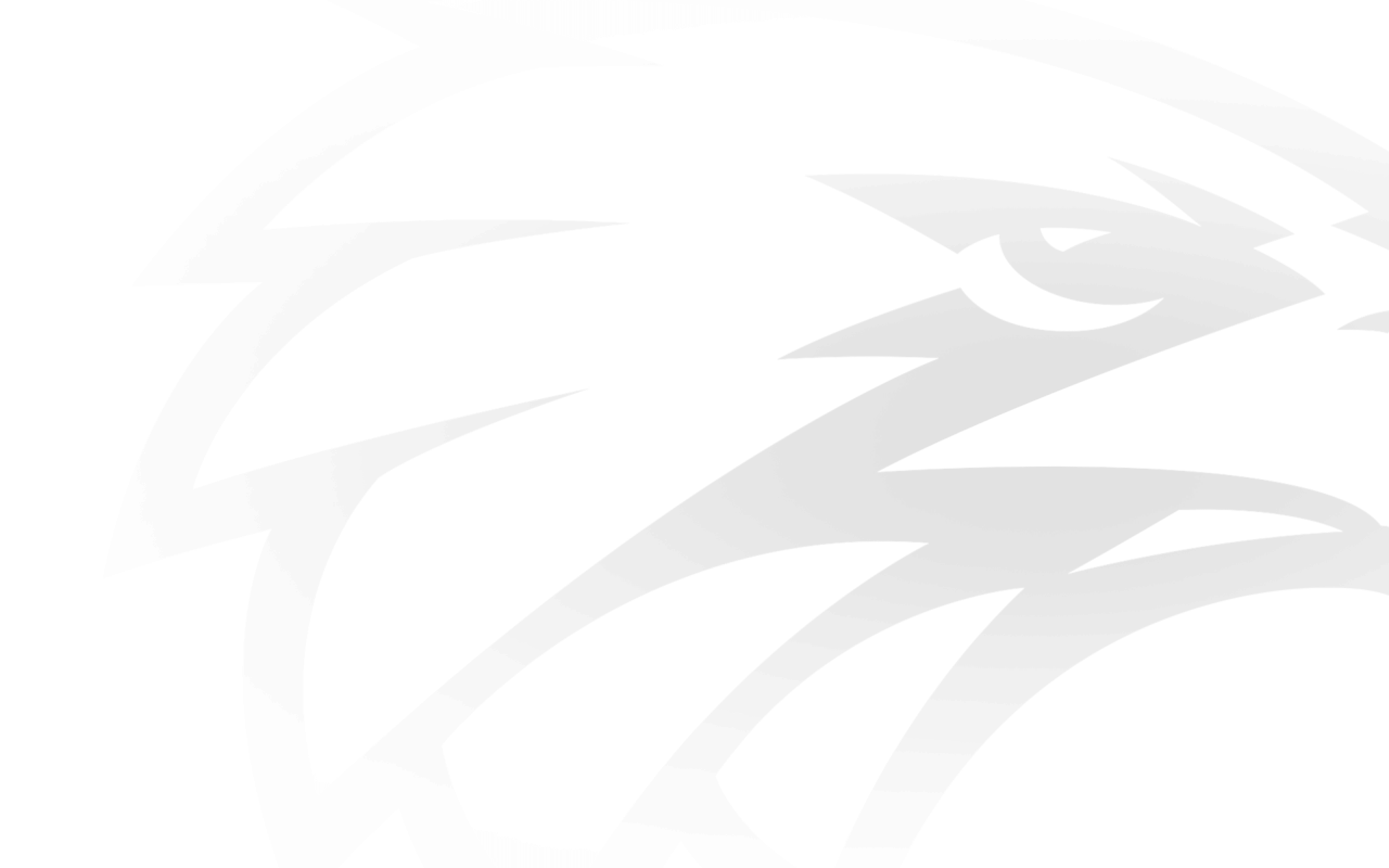Some might say it’s living in the past.
This writer sees it as embracing history. Celebrating the glorious achievements of the club as a collective entity and of those individuals who have scaled the apex of an unforgiving game.
A sport as physically demanding as any on the planet. One that tests its combatants in every sense; the ability to bear pain and still perform; the capacity to deliver in the biggest moments in front of tens of thousands of people in the stands. To cast aside the butterflies fluttering in one’s stomach and nail the set shot from 50 metres on a 45-degree angle as if shelling peas.
Failure to convert brings judgment, harsh criticism from ‘experts’ on both traditional and social media platforms. You need a special kind of strength to play this game.
Success in that environment takes a steely resolve.
Over the last few years – and particularly the last six months – it has been a privilege to collaborate on a labour of love illustrating the history of the West Coast Eagles.
Since the club arrived at Mineral Resources Park four years ago, after previously being domiciled at Subiaco Oval, there has been some representation of the club’s history on display. Most noticeable when walking through the entrance to the Eagles’ nest are five plinths.
Four are adorned with the AFL premiership cups from 1992, 1994, 2006 and 2018. The fifth is vacant, in wait.
Premierships are the ultimate measure of success, but not the single barometer. And those plinths will forever be the centrepiece of the foyer.
Recently, though, the other aspects of a club museum, inner sanctum and Hall of Fame have undergone a significant facelift.
Walking past the magnificent silver cups visitors to the facility will see various displays that form the West Coast Eagles Museum. On the left, sitting beneath epaulettes recognising every player to have played in the blue and gold, are themed showcases.
It starts with artefacts commemorating the pioneers who were engaged in the club from 1987 and then moves chronologically down the line and features other memorabilia celebrating each of the flags as well as the captains, coaches and life members of the club.
There are many and varied significant pieces, including premiership medals presented to players and coaches, Norm Smith Medals – even the boots worn by Peter Matera in the 1992 Grand Final that have been bronzed.
The digital aspect of this section of the museum are two touchscreens that provide a concise timeline of the club’s history.
On the opposite side of the walkway are taller display cases that are again themed. A variety of items that have been loaned to the exhibition depict the club’s First Nations history, the evolution of women’s football, the champion goal-kickers, its 200 game players and the club’s all-Australian representatives.
Match-worn jumpers and boots that belong to club greats are on display, as are all-Australian blazers.
While these displays will continue to evolve in coming weeks – and will continue to be refreshed regularly – it is sure to captivate Eagles diehards.
Exiting the display and walking past the Super Store, people will engage in a digital experience that provides a visual overview of the club’s history.
The ‘hero’ is the Hall of Fame offering with each of the club’s 21 inductees featuring on discs that glow when visitors opt to view their career highlight reels.
There is a ‘Join the Huddle’ experience which allows fans to place themselves digitally in a photo with five of their favourite players. A little further down the passage is the Inner Sanctum display where life-sized images of players like Elliot Yeo, Nic Naitanui, Jeremy McGovern, Luke Shuey, Liam Ryan, Dana Hooker and Emma Swanson provide yet another immersive experience.
To the left of the Hall of Fame display is another collection of club memorabilia which is in line to receive an overhaul. It now boasts items from a long line of No.1 ticketholders, including stars from other sporting spheres like Daniel Riccardo, Sam Kerr and Damien Oliver.
More club memorabilia is also front and centre, including the McLelland Trophies secured for winning minor premierships.
While the last couple of years have been tough, a visit by the West Coast Eagles faithful to headquarters might just provide a poignant reminder of the success the club has achieved – and the heights it aspires to scale again.


